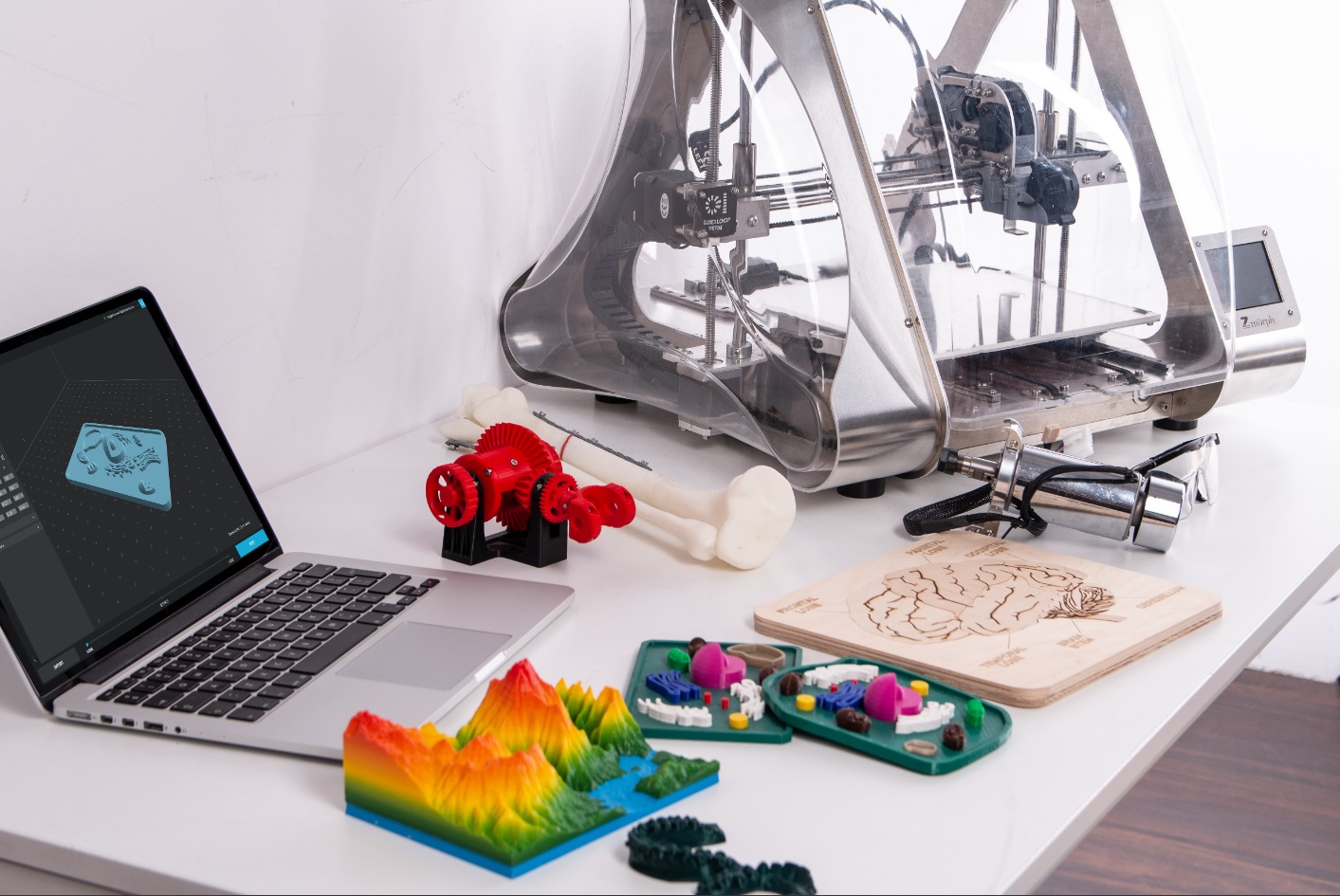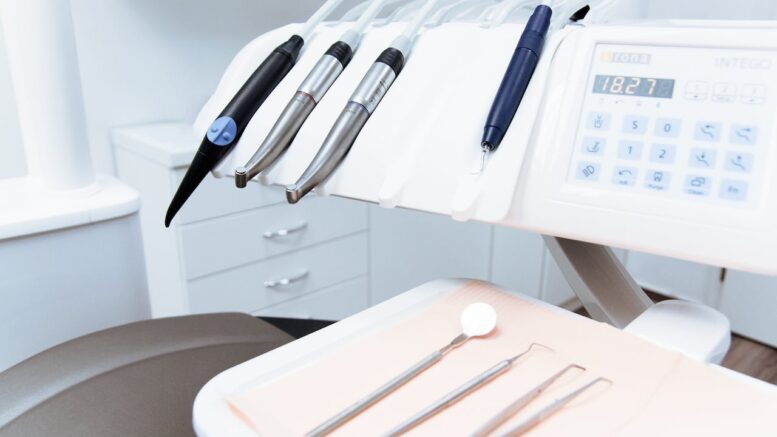The world of dentistry has seen a significant transformation over the years, thanks to the advent of technology. From the humble beginnings of tooth extractions and fillings, we’ve now entered an era where technology plays a pivotal role in every aspect of dental care. In places like the dentist St John’s Wood, cutting-edge technology is being utilised to provide patients with a more comfortable and efficient dental experience. The latest advancements in dentistry are not only revolutionising the way dental procedures are carried out, but also improving patient outcomes. Whether it’s digital impressions, 3D printing, laser dentistry, or artificial intelligence, technology is reshaping the dental landscape. As we delve deeper into the realm of high-tech dentistry, let’s explore some of these ground-breaking innovations that are setting new standards in dental care.
The Intersection of Dentistry and Technology
The intersection of dentistry and technology is a fascinating one. It’s a place where science meets art, and the result is a more efficient and effective dental care system. In the heart of London, the dental practice is a prime example of this intersection. Here, technology is used to enhance the precision of diagnoses and treatments, improve patient comfort, and streamline administrative tasks. From digital X-rays that offer a detailed view of the patient’s oral structure to software applications that help manage patient records, technology is integrated into every aspect of dental care. This fusion of dentistry and technology is not only improving the quality of care but also transforming the patient experience.
Digital Impressions and 3D Printing

Gone are the days of uncomfortable and messy dental impressions. Today, digital impressions have taken centre stage, offering a more accurate and convenient alternative. Using advanced scanners, dentists can now capture a detailed 3D image of the patient’s teeth and gums. This digital model can be manipulated and viewed from different angles, allowing for a more precise diagnosis and treatment plan. Moreover, with the help of 3D printing technology, these digital impressions can be used to create accurate dental models, crowns, bridges, and even aligners, right within the dental practice. This not only speeds up the treatment process but also ensures a perfect fit. In places like the dental practice these advancements are making dental visits a less daunting experience.
Laser Dentistry: A Leap Forward
Laser dentistry is another technological leap that’s revolutionising dental care. This advanced technique uses concentrated light energy to perform various dental procedures with increased precision and minimal discomfort. From treating gum disease and tooth decay to teeth whitening and reshaping gums, laser dentistry offers a wide range of applications. It’s particularly beneficial in reducing pain and anxiety, minimising bleeding, and speeding up recovery time. Laser dentistry is becoming increasingly popular, offering patients a more comfortable and less invasive alternative to traditional dental procedures. As technology continues to evolve, we can expect to see even more applications of laser dentistry in the future.
Artificial Intelligence in Dentistry
Artificial Intelligence (AI) is making its mark in dentistry, offering promising advancements. AI-powered tools are being used for predictive analytics, helping dentists to foresee potential oral health issues and devise preventive strategies. Machine learning algorithms are being utilised to analyse dental images, improving the accuracy of diagnoses. AI is also streamlining administrative tasks, from scheduling appointments to managing patient records. In places like the dental surgery, AI is not just a futuristic concept, but a reality that’s enhancing dental care. As AI continues to evolve, it’s set to bring about even more transformative changes in the dental industry.
Tele-dentistry: Remote Dental Care
Tele-dentistry is a game-changer in the dental industry, particularly in the wake of the global pandemic. It’s a form of remote dental care that allows patients to consult with their dentists virtually, without the need for a physical visit. Through video consultations, dentists can diagnose oral health issues, provide treatment advice, and even monitor the progress of ongoing treatments. This not only saves time and reduces travel, but also makes dental care more accessible, particularly for those living in remote areas or with mobility issues. In places like St John’s Wood, tele-dentistry is becoming an integral part of dental care, bridging the gap between patients and dentists.
The Future of Dentistry: What’s Next?
As we look ahead, the future of dentistry appears bright and promising, with technology at its helm. We can expect to see even more innovative solutions, from augmented reality for dental training to bioprinting of dental tissues. Robotics may also play a significant role, assisting in complex dental surgeries with precision. Personalised dentistry, powered by genomics and data analytics, could offer customised treatment plans based on individual genetic makeup. In places like St John’s Wood, the future of dentistry is already unfolding, with technology paving the way for a new era of dental care. As we embrace these advancements, one thing is clear – the future of dentistry is here, and it’s more exciting than ever.
